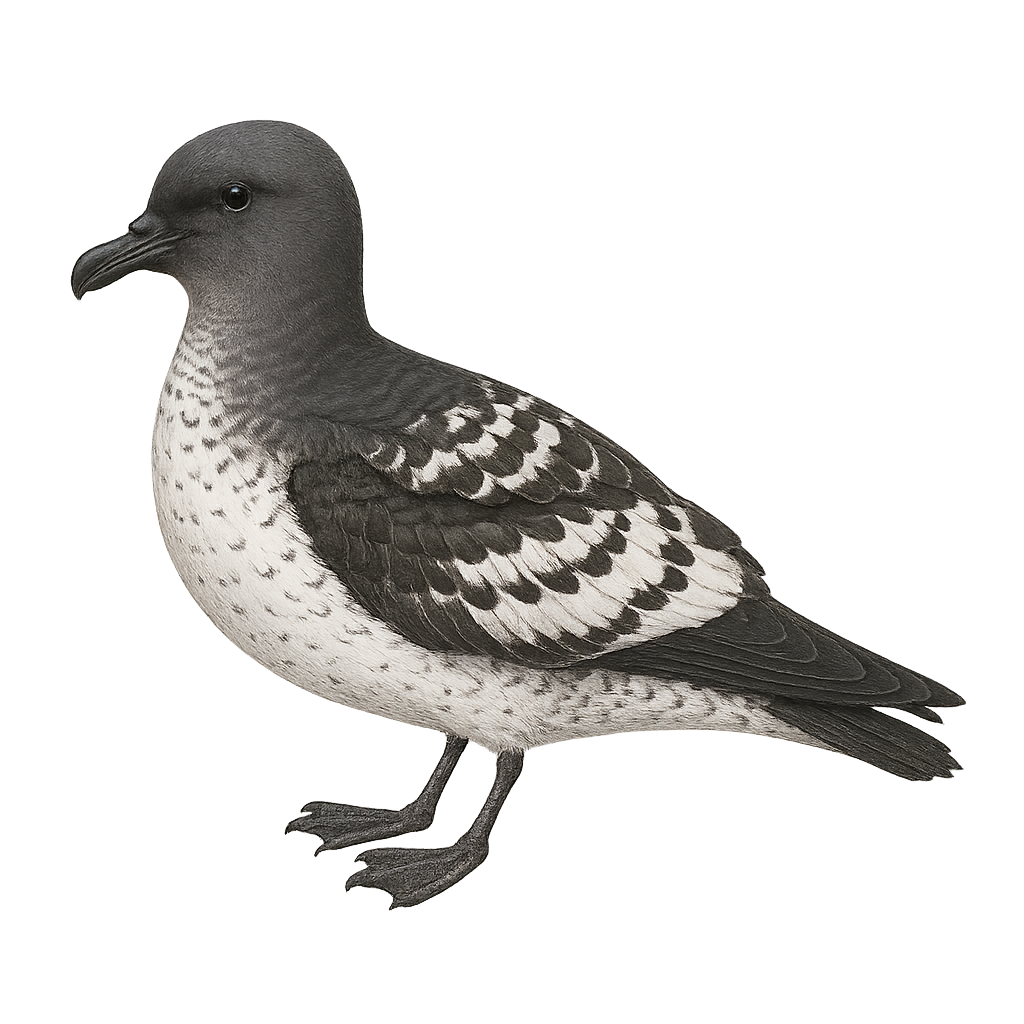Your wildlife photography guide.
Explore the cape petrel in detail, study its behavior, prepare your shots.
Where to observe and photograph the cape petrel in the wild
Learn where and when to spot the cape petrel in the wild, how to identify the species based on distinctive features, and what natural environments it inhabits. The WildlifePhotographer app offers tailored photography tips that reflect the cape petrel’s behavior, helping you capture better wildlife images. Explore the full species profile for key information including description, habitat, active periods, and approach techniques.
Cape Petrel
Scientific name: Daption capense

IUCN Status: Least Concern
Family: PROCELLARIIDAE
Group: Birds
Sensitivity to human approach: Suspicious
Minimum approach distance: 10 m
Courtship display: October to December
Incubation: 45-49 jours
Hatchings: November to February
Habitat:
Ocean, subantarctic islands, cliffs
Activity period :
Primarily active during the day, with peak activity in the morning and late afternoon.
Identification and description:
The Cape Petrel, or Daption capense, is a medium-sized seabird known for its striking black and white plumage. It primarily inhabits the cold waters of the Southern Ocean, often seen gliding over the waves. Its short, hooked black beak is well-suited for its diet of crustaceans, small fish, and marine debris. The Cape Petrel is an adept swimmer, using its wings to propel itself underwater. It nests in colonies on subantarctic islands, digging burrows in soft soil to lay a single egg. Although its habitat is remote from human activities, it faces threats from climate change and marine pollution.
Recommended lens:
400 mm – adjust based on distance, desired framing (portrait or habitat), and approach conditions.
Photography tips:
To photograph the Cape Petrel, it is advisable to use a telephoto lens of at least 400mm to capture detailed images without disturbing the bird. The best opportunities often arise at sea, where the petrel can be observed flying or swimming on the surface. Favor sunny days to benefit from good light and optimal contrast between the bird's black and white plumage and the ocean. Be patient and ready to quickly adjust your settings to capture the moment when the petrel dives or rises above the waves.
The WildlifePhotographer App is coming soon!
Be the first to explore the best nature spots, track rutting seasons, log your observations, and observe more wildlife.
Already 1 429 wildlife lovers subscribed worldwide

